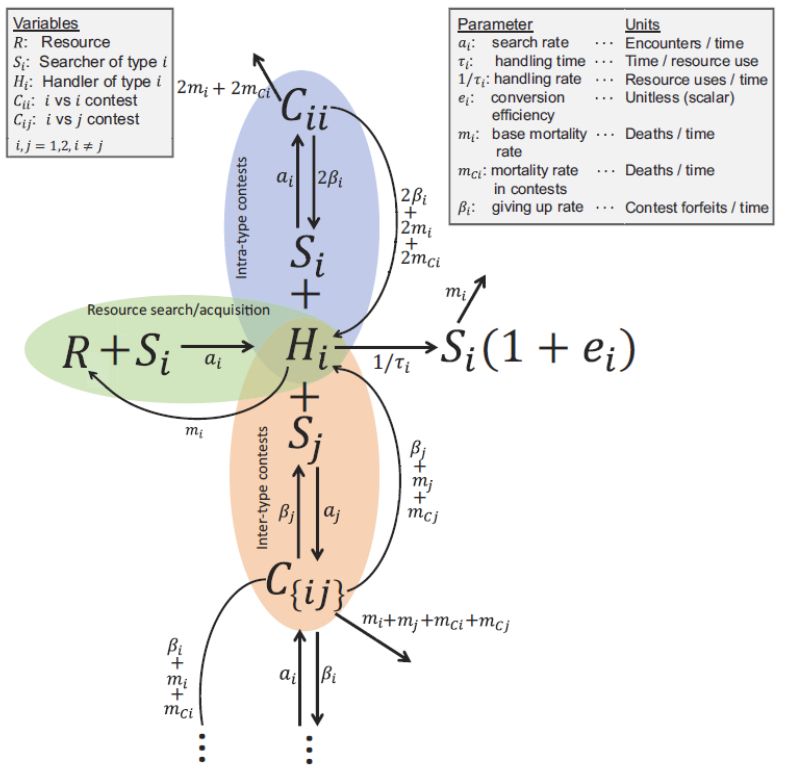Joanna Masel
@joannamasel.bsky.social
1.4K followers
560 following
250 posts
Theoretical biologist and advisor to data scientists at the University of Arizona. Mostly theoretical population genetics and molecular evolution, but I've also published in biochemistry, infectious disease, aging, economics, education. Opinions are my own
Posts
Media
Videos
Starter Packs
Reposted by Joanna Masel
Reposted by Joanna Masel
Reposted by Joanna Masel
Joanna Masel
@joannamasel.bsky.social
· Aug 5
Joanna Masel
@joannamasel.bsky.social
· Oct 30

Extinction vortices are driven more by a shortage of beneficial mutations than by deleterious mutation accumulation
Natural populations are increasingly at risk of extinction due to climate change and habitat loss and fragmentation. The long-term viability of small populations can be threatened by an extinction vor...
doi.org
Joanna Masel
@joannamasel.bsky.social
· Aug 5
Joanna Masel
@joannamasel.bsky.social
· Aug 5
Joanna Masel
@joannamasel.bsky.social
· Aug 5
Joanna Masel
@joannamasel.bsky.social
· Aug 5
Joanna Masel
@joannamasel.bsky.social
· Aug 5
Joanna Masel
@joannamasel.bsky.social
· Aug 5

Background Selection From Unlinked Sites Causes Nonindependent Evolution of Deleterious Mutations
Abstract. Background selection describes the reduction in neutral diversity caused by selection against deleterious alleles at other loci. It is typically
academic.oup.com









